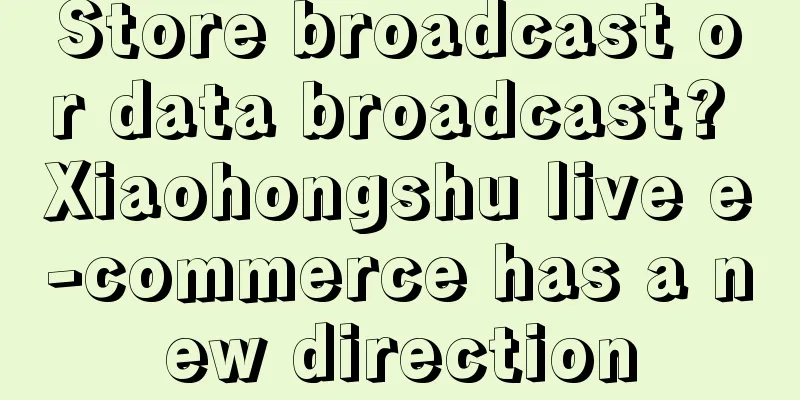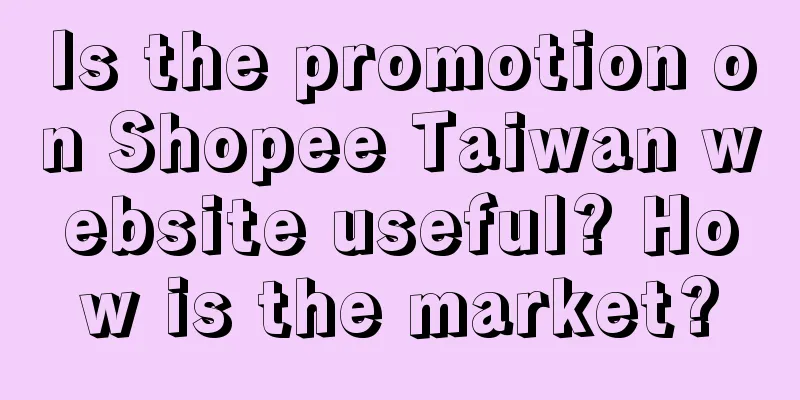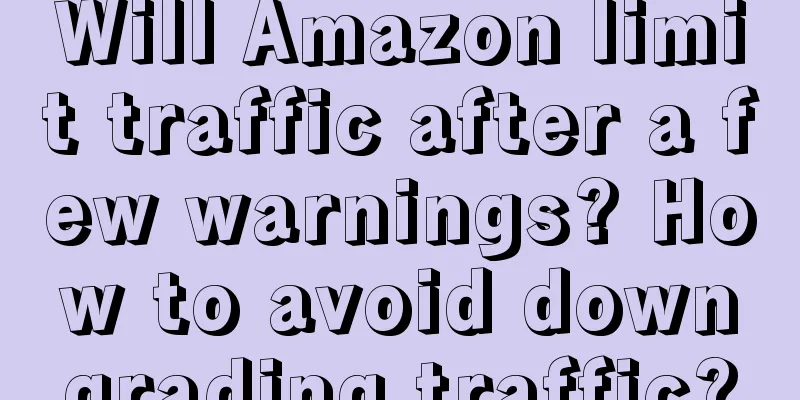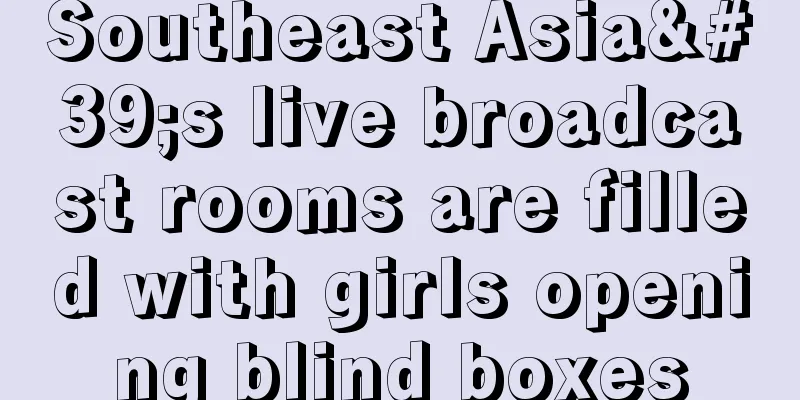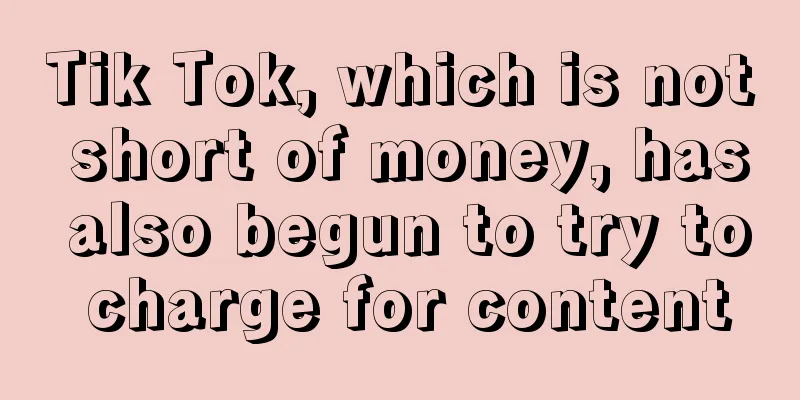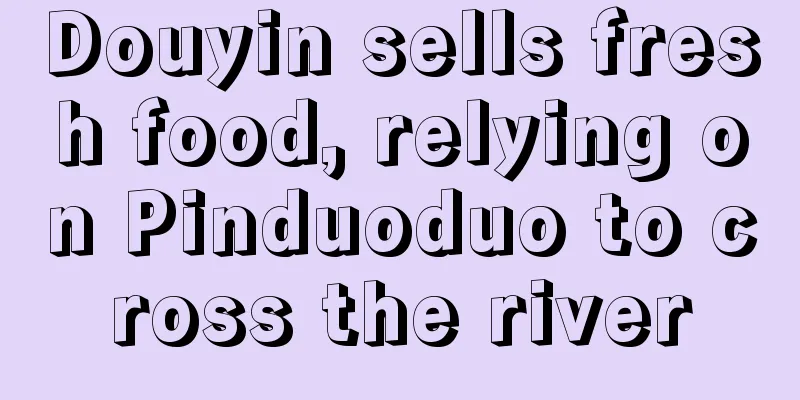Why are these brands going crazy?
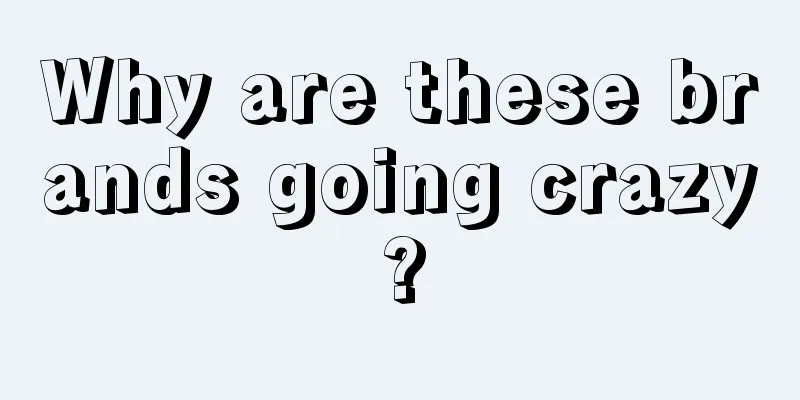
I wonder if you still remember the “Crazy Literature” by Hua Xizi Public Relations last September? "I, Hua Xizi, am 6 years old and have a dream..." “Does anyone really care about the difference in grams between a 2B pencil and a mechanical pencil…” Later, netizens complained about this "crazy" thing, saying "6 years old is really an age that even dogs hate" and "this is not the way to use crazy literature." So today, let's discuss how to properly use the so-called "crazy literature" to attract attention and convey information in brand marketing. "Crazy literature" is a popular term on the Internet. It refers to a series of crazy words that drive people crazy. This way of expression may contain a lot of emotional colors. When you need to achieve a certain goal with words, you can give the other person a long paragraph of crazy words similar to those in Qiong Yao dramas, so that the other person can feel your strong emotions at the moment. Therefore, in recent years, there are more and more brands that are becoming more and more "crazy". Let's follow Mei Xiaohua to take a look~ 1. KFC Crazy Four x Dragon Tiger Wind OilWhen talking about "crazy literature", KFC's "Crazy Thursday" literature is definitely on the list. I believe that every Thursday, you can see it everywhere in your QQ/WeChat group! From the most straightforward "v me 50, make friends" to the "Today is KFC Crazy Thursday, please v me 50" covered by various "crazy literature". So far, KFC's "Crazy Thursday" literature has become a unique "stalk" on the Internet and has never been surpassed! Although other brands have tried to imitate and launched "Crazy Wednesday/Friday", they have never made much splash~ However, at the beginning of this year, KFC Crazy Thursday collaborated with Dragon Tiger Wind Oil! At the turn of the Year of the Dragon and the Tiger, the co-branded Dragon and Tiger brand Fengyoujing cleverly took advantage of the popularity of the New Year and had a full meaning; "v me 50, take you awake and crazy", forcing working people to wake up~ 2. Boss Direct Hiring: Telling the real story of workersBOSS Direct Hiring released an outdoor advertisement this year, paying tribute to every hard-working "self". The advertisement cleverly captured the subtle psychology of workers, including embarrassment, joy, frustration, etc., which resonated with countless workers. This advertisement of BOSS Zhipin firstly fits its identity as a recruitment platform, and at the same time, it uses a more pleasing way to get closer to the audience. When describing the working scene of the workers, it uses a "fancy" background and a little "crazy" copy, which perfectly echoes the "mental state" of the workers at work: a little confused, but still have to work hard to make money~ 3. DingTalk x Fenghua: Anti-smell shampooPeople often say: "Once you get addicted to work, you can never get rid of it in your life..." The term "banwei" refers to a common living state of modern working people: plain face, distracted spirit, loose clothes, and tired eyes. This term originated from a trending search: "Once you go to work, your temperament changes." It immediately resonated with many working people. I really didn't expect that this stalk would be used as a creative advertisement by a brand! DingTalk and Fenghua jointly launched a shampoo to remove the smell of office work, and released an advertising film "Escape from the smell of office work!", with the main theme of "sweep away the smell of office work and be yourself again"! The first half of the short film staged an escape from the smell of office work that was like a "loss raid", and the "fear that the smell of office work brings to workers" was captured perfectly. Netizens commented that "the early eight people have their own "Train to Busan"." In the second half, the style suddenly changes, and a strong advertising flavor comes to the fore. The so-called "anti-spot flavor" is to promote the "hair-fixing and anti-hair loss" function. It has to be said that working people really need it. 4. LelechaRecently, Lelecha and Siam Lip have collaborated. I wonder if you have seen it yet. That's really "PiP". Not only did they stage a scene of the dog-healer beating up the lemon spirit, but even the logo on the surrounding paper bags was in the shape of "eat my jio"! But this is not the first time that Lelecha has been so "ahead" in terms of spirit! It has also released the "One Punch Series" before. Even the surrounding of this product is a snakeskin bag that can even fit a person, which is really bumpy~ 5. McDonald's: History of the Development of the SchoolAs many people don’t know, March 14 is International Pi Day. Since “π” and “pi” have the same pronunciation, McDonald’s began to set March 14 as 314 Pi DAY in 2015. On this year’s Party DAY, McDonald’s released a thrilling “History of the Development of Party Studies” to pay tribute to “Party Scholars”. This "history of development" is really weird: it seems to be talking about the mathematical "π", but in fact every sentence is introducing Mai Mai's "pie", and the copy also reveals a hint of "madness"~ 6. Rio×Lin Daiyu: "Dai Drunk at Work"In the past two years, Lin Daiyu's crazy literature has become popular. Compared with ordinary crazy literature, Daiyu's "crazy literature" has a more sarcastic, preemptive, and aggrieved tone. The classic quote "Is it just for me, or do other girls have it?" is fully demonstrated. RIO then took advantage of the opportunity to launch a creative short film "Reborn in the Human World, Drunk at Work", which shows how Lin Daiyu "goes to work drunk" and tidies up the workplace. The video recreates classic scenes from A Dream of Red Mansions, such as Daiyu burying flowers, Daiyu dividing ornaments, and Daiyu being jealous, and makes some slight adaptations in relation to the working life of workers, which resonates with them: what is buried are not flowers, but the "pie" drawn by the boss; what is divided are not ornaments, but the "pot" that one is forced to bear; and jealousy turns into the "fish" touched at work. 7. But lab: SweetheartTaobao brand but lab is also well aware of this. Its "Poor Sweetheart" series of posters is a self-deprecating act of social animals from the perspective of working people. Looking at the "crazy" marketing of the above major brands, in fact, the brands put aside the restraint and constraints of traditional marketing, stand from the perspective of workers, and use a nearly "crazy" creative expression to integrate brand information into those seemingly nonsensical but meaningful texts. These copywritings are often full of imagination and subversion, and can quickly trigger viral spread on social media, allowing the brand to gain extremely high exposure and topic in a short period of time. "Seeing the world is so upside down, I feel relieved~" The users of "crazy literature" are mainly young active Internet users. This is essentially a way for them to relieve stress. They express their anger and dissatisfaction through "non-cooperation", "incomprehension" and "disagreement", reflecting people's philosophy of life towards their real living conditions and using a crazy attitude to achieve reconciliation with real predicaments. The reason why brands choose "crazy literature" as a marketing tool is that it can effectively break the psychological defenses of consumers, making the originally boring brand information lively and interesting, and even resonate with them. This requires brands to have a deep insight into the psychology of young people and to create a crazy article that can hit the "pain points" at the right time. In this relaxed and pleasant atmosphere, consumers are more likely to accept and remember the brand, thus forming positive brand associations and loyalty. In addition, "crazy literature" marketing also has certain social attributes. When a brand releases a creative and humorous "crazy" copy, it often inspires consumers to participate. They will leave comments in the comment area, forward, or even create their own "crazy" content, forming a powerful social media force. This user-generated content (UGC) not only further expands the brand's communication range, but also enhances the interactivity and stickiness between the brand and consumers. In short, "crazy literature" marketing is a new marketing method full of creativity and vitality. It allows brands to communicate with consumers in a more flexible and interesting way, breaking the boundaries of traditional marketing and injecting new vitality and possibilities into brand marketing. In the future, with the continuous development of social media and the increasing diversification of consumer needs, "crazy literature" marketing is expected to become one of the marketing strategies that more brands are vying to try! |
>>: Hengdian, do you believe in AI?
Recommend
Shopee will launch the Super Brand Festival on October 10
Shopee will launch the Super Brand Festival on Oct...
Zhong Xuegao: Not understanding brands
Zhong Xue Gao has made a lot of moves since the cr...
Exploring Brand Tone (2023 Edition)
Many companies now emphasize brand tone, which sou...
How Businesses and Brands Can Avoid Failure
The article analyzes and summarizes the experience...
Why has offline store design become a battleground for brand marketing?
Have you taken a citywalk today? As this simple an...
From product inspiration to brand strategy, these 6 cases explain how to play traceability marketing
This article uses 6 brand cases to explain how tra...
Is it necessary to bind a P card to Lazada? Are there any other options?
Lazada's payments are often completed through ...
When Xiaohongshu first mentioned “individual video creators”, what exactly did it want to express?
Xiaohongshu held its first “Team-building Meeting ...
How does Lao Xiang Ji master marketing?
Lao Xiang Ji's "earthy marketing" is...
Behind 10,000 comments, the inspiration and lessons that Miaoya Camera brings to AIGC
Since its launch in July, the Miaoya Camera has qu...
Where can I apply for Shopee live streaming? What are the requirements?
In addition to domestic e-commerce platforms such ...
WeChat's "Shake" app is offline: Zhang Xiaolong's masterpiece disappears without a trace
WeChat first added the "Shake" function ...
It’s really cool to use DeepSeek to make Xiaohongshu
In today's era of rapid development of social ...
The short play is free, who is consuming it?
Recently, with the help of ByteDance's traffic...
Does user growth really need to be data-driven?
In the user growth scenario, does data-driven deve...

